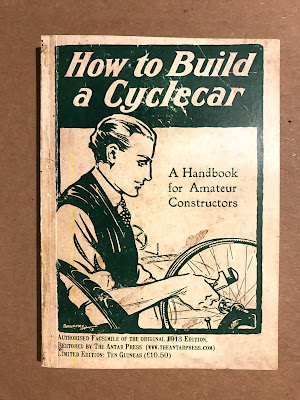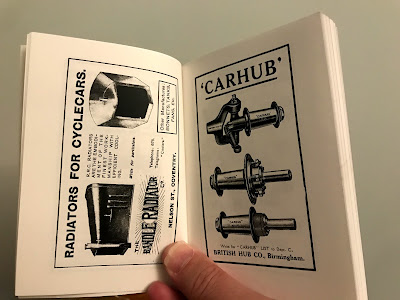 |
| This panoramic view of the beach north of Mablethorpe hasn't changed since the days of the race in 1905 |
Though the draconian “red flag” act that had limited a cars speed to 4mph with a man carrying a red flag walking in front of a car had been repealed, the speeds on public roads were still limited to 14 Miles per hour and many motorists desired places to stretch the legs of their vehicles.
When, in July 1905 the Lincolnshire Automobile club (itself the first motor club in England) announced in Autocar magazine their intention to hold a race on the wonderful Mablethorpe sands, there was great interest.
Remember, that at this time, there were no motor racing circuits. Brooklands, the very first purpose built circuit, wasn’t completed until 1907. So enterprising “speed kings” had to resort to racing on private estates or, as in this case, the beach.There was to be two events, one over a flying kilometer (1,094 yards) and the other over a standing kilometer. It’s interesting to note that even at the height of the British Empire, the event was held over the “continental” kilometer distance rather than the imperial mile. The sands at Mablethorpe could certainly support the longer run.
The races were to be handicapped to give all entrants a fair chance.The Mablethorpe Amusements committee put up prizes totalling 25 guineas, Including a 10 guineas cup for each race winner. The incentives must have worked because 28 competitors entered for both of the events.
Perhaps they, and the spectators that lined the sands, were also there to rub shoulders with the famous Selwyn Francis (SF) Edge (1868-1940) He was a Lewis Hamilton of his day. Born in Australia, he came to England with his parents when he was three. He grew to be a talented sports man and businessman. He was a member of the team that won the Paris-Bordeaux cycling race in 1891 and ran a car importing and improvement business before moving on to motor racing.
By the time of the Mablethorpe event he had already won the famous Gordon Bennett trophy race and was something of a star. When he announced his intention to attempt a speed record on our sands, a huge crowd was assured, with the Great Northern Railway laying on extra trains in expectation.
 |
| Edwardian Motoring hero Selwyn Francis Edge. |
Edge had been joined on the sands by his cousin Cecil, who would ride as his mechanic during record attempts, and his good friend Clifford Earp, another well known motor ace of the day. In the end the weather conditions were against the attempt and it didn’t take place. Though Mr Earp expressed an interest in coming back to attempt some records at a later date.
 |
| Mr. Clifford Earp at the wheel of his Napier. |
 |
| Dr. Gilpin's Richard-Brasier, is seen here easily beating Mr. Crow's Rexette which being a three wheeler got stuck in the sand. Note the huge crowd lining the entire length of the race course. |
 |
| Mr. Wadsley's Orient Buckboard, leads home Mr. N. Isle's 8HP Rover. The size of crowd is amazing. |
 |
| "Mablethorpe" writes to the editor of "The Motor Car Journal" |
All this history gives rise to a great what-if in English motor racing. What if SF Edge had been able to set a new speed record at Mablethorpe on that August day? Or what if Mr Earp if had come back and broke the hour record here instead of at Daytona Beach? Would people have come to the Lincolnshire coast for their attempts on Motorsport speed records? Perhaps the Mablethorpe sea front today would have memorials to those early racers on it. We can only wonder.
 |
| A Daimler 30/40HP of the type driven to victory by Capt. H E Newsum |
 |
| The Orient Buckboard, similar to the one driven by Mr. Wadsley. Note the tiller steering. |










